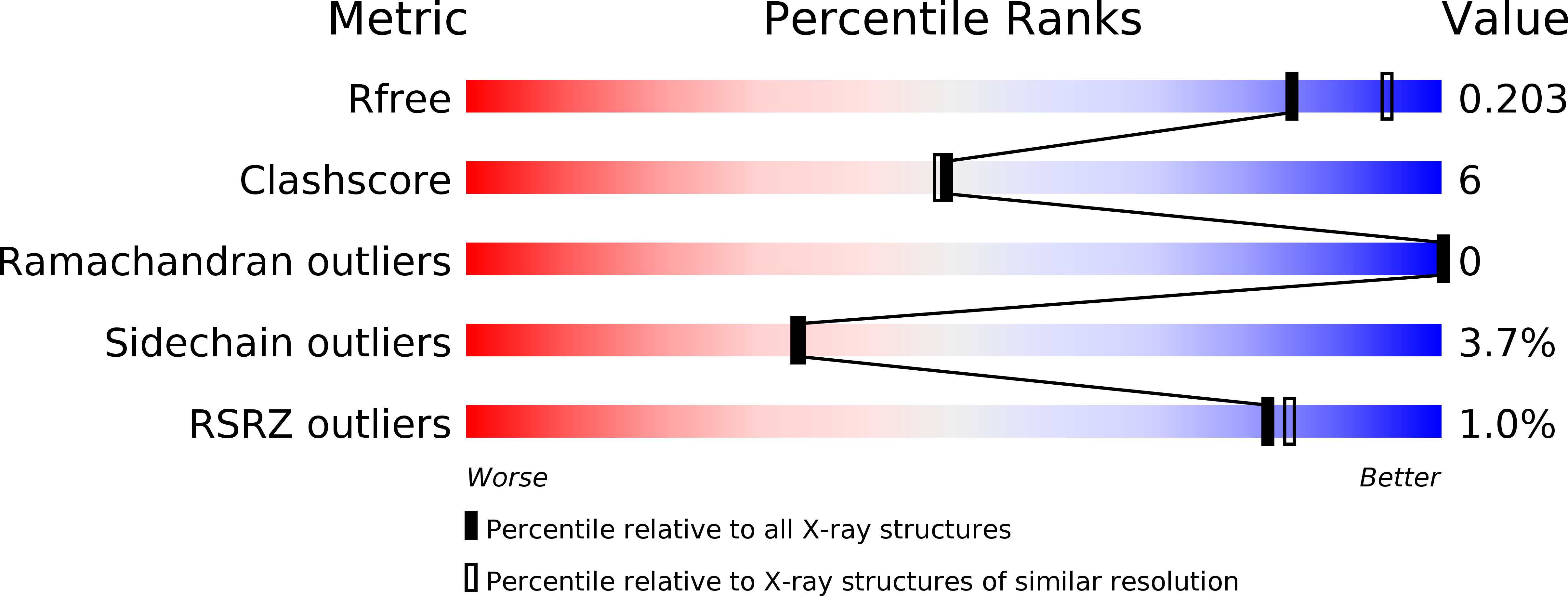
Deposition Date
2011-03-30
Release Date
2011-05-11
Last Version Date
2024-11-06
Method Details:
Experimental Method:
Resolution:
2.08 Å
R-Value Free:
0.20
R-Value Work:
0.16
R-Value Observed:
0.16
Space Group:
P 32


